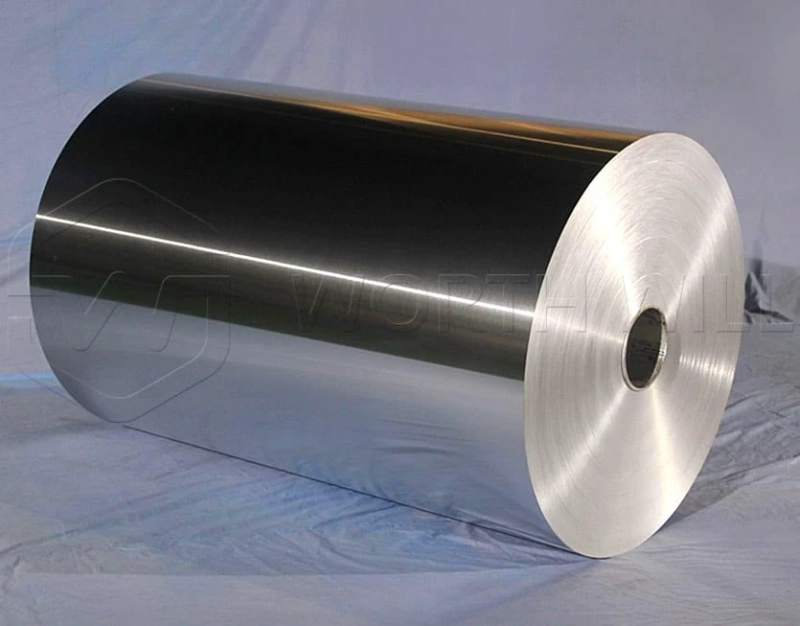Aluminum foil is a thin sheet of metal foil made up of about 92-99% aluminum, with a thickness typically ranging from 0.0002 to 0.006 inches.
It is a durable, non-toxic, and oil-proof material that can resist chemical erosion. Aluminum foil provides a complete barrier to light, oxygen, moisture, and bacteria, making it an excellent material for food and pharmaceutical packaging.
It is also used to make aseptic packaging that enables the storage of perishable goods without refrigeration. Aluminum foil containers and trays are used for baking pies and packaging takeaway food, ready-to-eat snacks, and pet food.
Aluminum foil is also used to line the bottom of baking pans during cooking, preventing food from sticking and making cleanup a breeze.
It is a common household product that is often used in cooking, but there are concerns about its safety. Some claim that using aluminum foil in cooking can cause aluminum to seep into your food and put your health at risk, while others say it\'s entirely safe to use.
According to Healthline, the amount of aluminum that enters food from high-heat cooking is considered safe.
When using aluminum foil, it is important to note that one side of the sheet is shiny, and the other side is dull and flat. The difference is a byproduct of the manufacturing process, where aluminum foil is milled in different layers. The side where the foil comes into contact with another layer of foil appears dull, while the other side is shiny.
In conclusion, aluminum foil is a versatile and useful material that is commonly used in food and pharmaceutical packaging, baking, and cooking. While there are concerns about its safety, the amount of aluminum that enters food from high-heat cooking is considered safe. When using aluminum foil, it is important to note the difference between the shiny and dull sides, and to use it properly to avoid any potential health risks.



